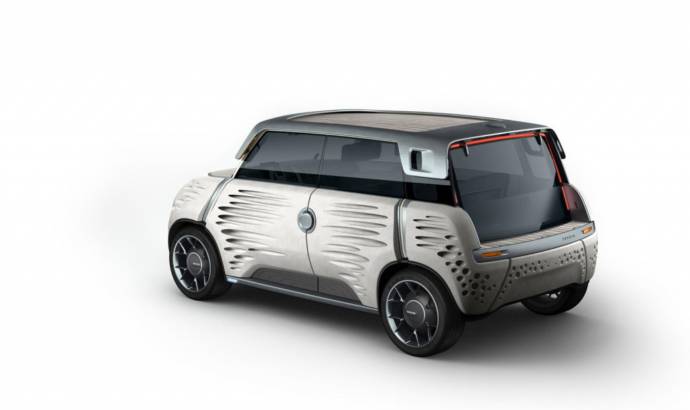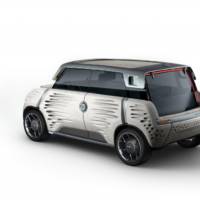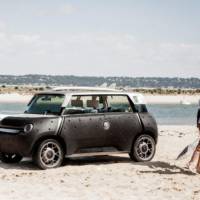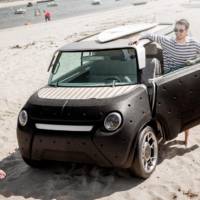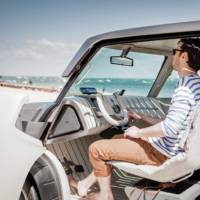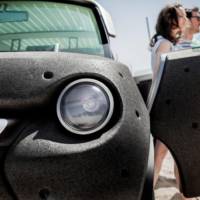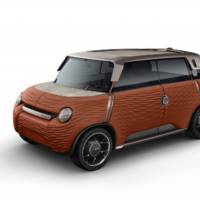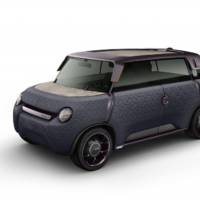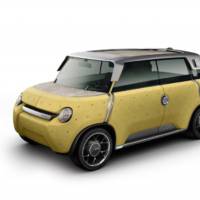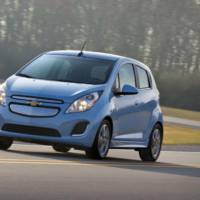ME.WE seeks to resolve a number of real-life contradictions, not through reinvention of what a car is, but by taking a different approach that is simpler, more appropriate and. The goal was do more and create better while using less. By reducing the pool of resources and constraints, it was possible to increase capability, quality and pleasure.
The concept’s name expresses its simultaneous concern for personal well-being (ME) and that of others (WE).
ME.WE has a tubular aluminium structure, on to which light and hard-wearing polypropylene panels are fitted. The moulded panels are made using a cost-efficient standard production system, but they are easy to personalise.
ME.WE is a pick-up, convertible, off-roader and small city car in one. It appeals to a wide range of users, and has a small eco-footprint thanks to its light weight and the materials used in its construction.
ME.WE is electric-powered, using the same in-wheel motors as the Toyota i-ROAD, with batteries located under the floor, as in the iQ EV. With none of the traditional packaging restraints associated with conventional powertrains, the entire interior could be devoted to the vehicle’s occupants and luggage.
The lightweight construction using aluminium and polypropylene panels helps keep the car’s weight down to a target 750kg, about 20 per cent less than a conventional steel-built supermini. The body panels, which are 100 per cent recyclable, weight just 14kg.
Bamboo is used in the construction of the floor and for the cabin’s horizontal surfaces, chosen both for being a renewable resource and aesthetically pleasing. ME.WE is easy to keep clean with a simple wash, inside and out.
The in-wheel motor system means it can be operated in two or four-wheel drive, allowing it to tackle rougher terrain than a traditional car, and without the weight penalty of a 4×4 transmission system.
Source: Toyota
